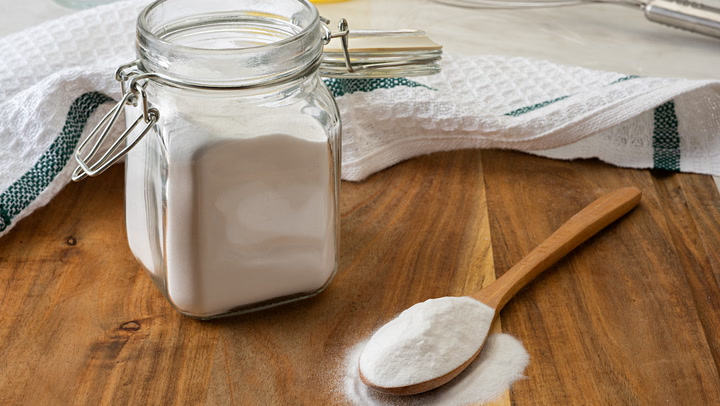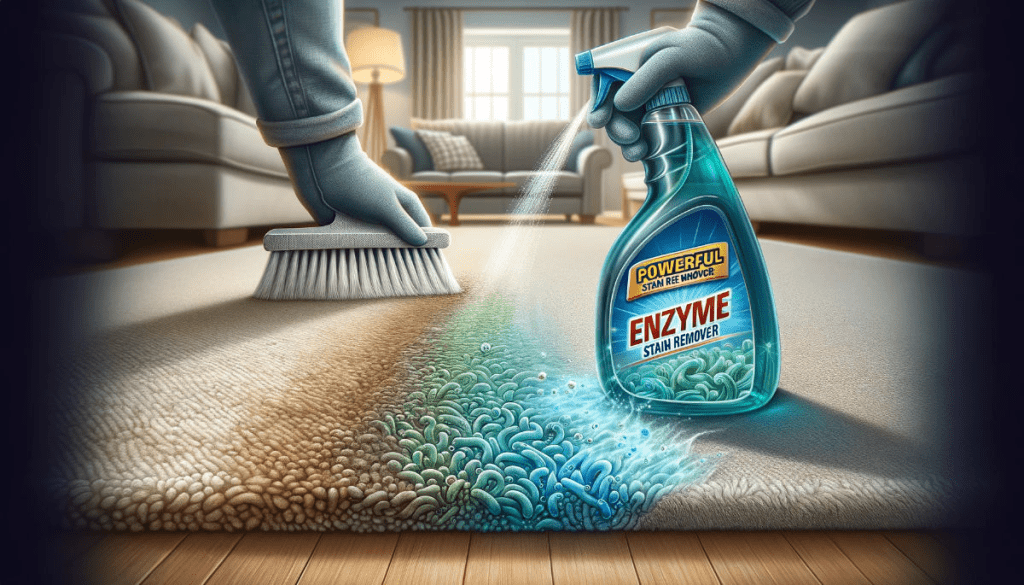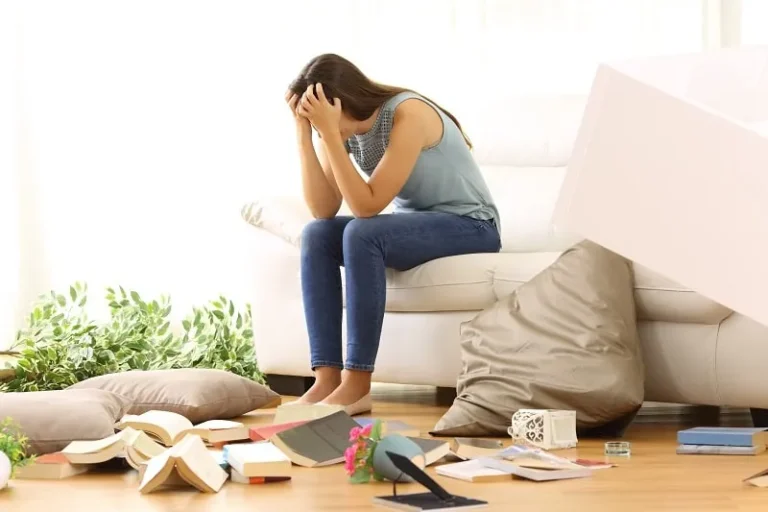Living with children can be unpredictable, especially when they’re not your own. Accidents happen, but when one involves a 7-year-old taking a dump on a brand-new sofa, it can be especially frustrating. The bigger frustration? When your spouse leaves you to handle the clean-up alone. If you’re feeling angry, overwhelmed, and even considering a drastic change like divorce, you’re not alone. Let’s tackle the immediate issue—getting the sofa back to its original state—and then explore the deeper emotional layers of the situation.
How to Handle the Mess on Your New Sofa
1. First Things First: Stay Calm
No matter how shocking or infuriating the situation, it’s important to remain calm. Yes, it’s a mess—literally and figuratively—but losing your temper won’t make the clean-up process easier or faster. Take a few deep breaths, remind yourself that accidents happen, and that this too shall pass.
2. Check on the Child
Before jumping into clean-up mode, check on the child to ensure they’re okay. Kids can have accidents for various reasons—stress, illness, or simply an urgent need they couldn’t control. Make sure the child feels safe, as scolding or shaming could make them fearful, which isn’t helpful for anyone.
Step-by-Step Guide to Cleaning the Sofa
3. Put on Gloves for Protection
Safety first: put on a pair of rubber or disposable gloves. Fecal matter carries bacteria that can be harmful, so you’ll want to protect your skin during this process.
4. Remove Solid Waste Carefully
Use a spatula, a dull knife, or paper towels to lift the solid waste from the sofa. Be gentle, lifting it carefully to avoid spreading it deeper into the fabric. Dispose of it properly in a plastic bag, tying it securely to prevent any leaks or smells.
5. Blot, Don’t Rub
Using a damp cloth or paper towels, blot the stained area to soak up as much moisture as possible. Avoid rubbing, as this can push the stain further into the fabric and make it harder to remove.
6. Apply a Soapy Solution
Mix a solution of warm water and mild dish detergent. Using a clean cloth, gently dab this solution onto the stained area. Work the soapy water into the fabric without soaking the cushion—less is more here. The aim is to break down the mess without spreading it further.
7. Rinse with a Damp Cloth
Once the soap has done its job, use a clean, wet cloth to blot the area and remove the soapy residue. Then, use a dry towel to soak up as much moisture as possible.
8. Use Baking Soda for Deodorizing

Sprinkle baking soda generously over the affected area. This not only helps to neutralize any remaining odors but also aids in drying the spot. Let the baking soda sit for 10-15 minutes.
9. Vacuum Thoroughly
Once the baking soda has had time to absorb the odors, vacuum the area to remove it. This step should eliminate any lingering smells, leaving your sofa fresher.
10. Try an Enzyme Cleaner

If the odor persists, use a commercial enzyme cleaner designed to break down the proteins in feces. Follow the manufacturer’s instructions carefully, usually involving spraying it on the spot and letting it sit for a while.
11. Blot and Air Dry
Blot the area again with a dry cloth, then allow the sofa to air dry. Ensure there’s good ventilation in the room to speed up the drying process and prevent any mildew growth.
Managing Your Emotions: Is Divorce Really the Solution?
12. Reflect on Your Feelings

It’s understandable to feel upset—your new sofa was just soiled, and your spouse seemingly disregarded the clean-up effort. But before making any drastic decisions about your relationship, take time to reflect. Are you really ready to end your marriage over this incident, or is this the culmination of ongoing frustrations?
13. Communicate with Your Partner
Once you’ve calmed down, have a heart-to-heart with your spouse. Let them know how this situation made you feel, not just because of the mess, but also due to the lack of support. Be clear about what you need in terms of household responsibilities and emotional support moving forward.
14. Consider Family Counseling
If you find that this incident is part of a larger pattern of feeling unsupported, family counseling could be helpful. A therapist can facilitate constructive conversations, helping both you and your spouse understand each other better. It’s also a good way to address the child’s behavior and any issues they may be experiencing.
15. Evaluate Long-Term Solutions
Accidents are a part of life with children. Consider strategies to prevent future incidents, such as setting rules for bathroom use, encouraging better bathroom habits, or even investing in protective sofa covers. Addressing the root causes of the behavior—whether it’s stress, health, or lack of awareness—can prevent similar situations.
Conclusion
Accidents like this can test your patience, but they don’t have to be relationship-ending. The key is to handle the immediate mess calmly, communicate clearly with your spouse about how you’re feeling, and work on long-term solutions to prevent similar issues. Whether you decide to stay in the relationship or leave, focus on what will make you happier in the long run. For now, take a deep breath, handle the mess, and remember that accidents, however frustrating, are a normal part of life with children.


